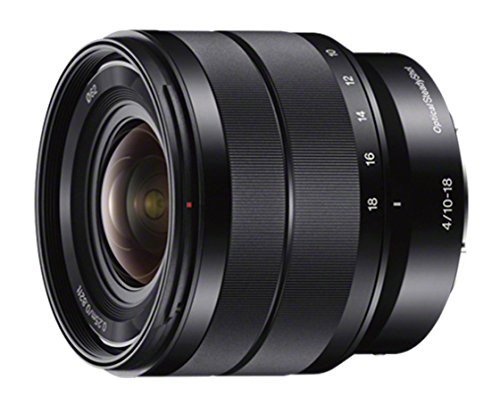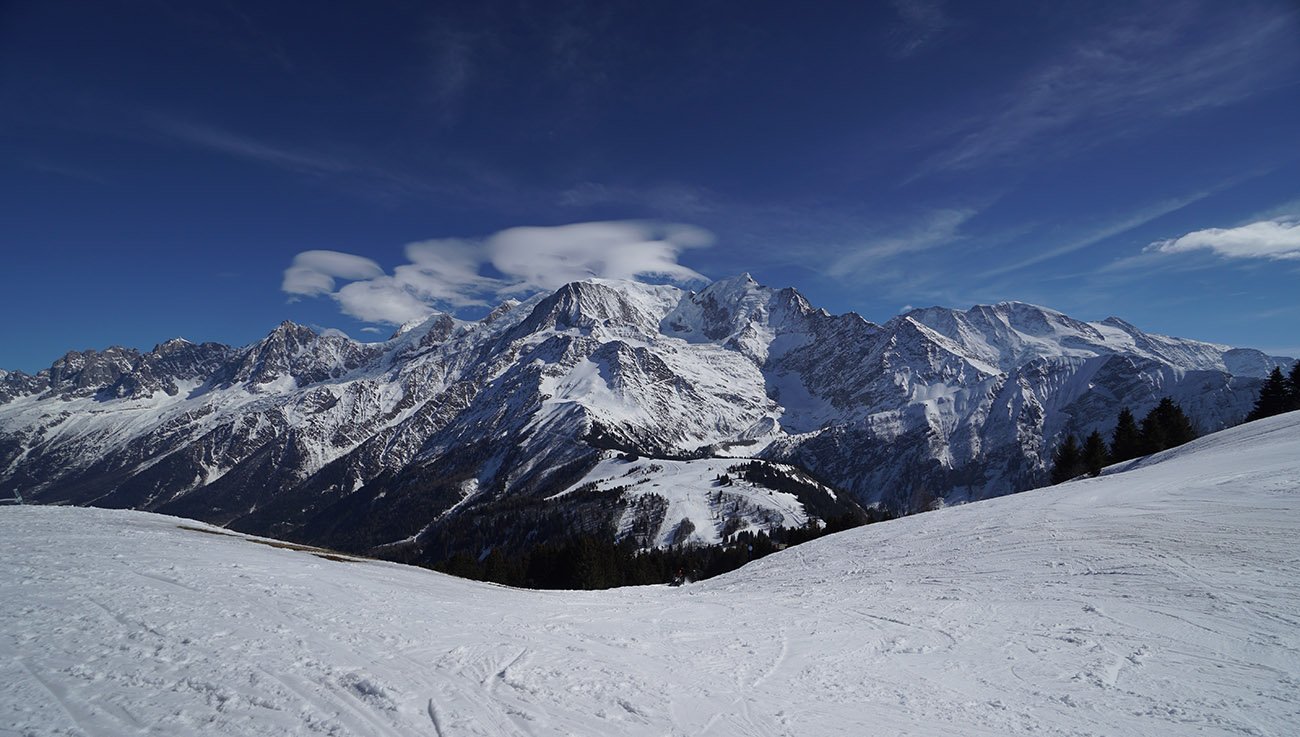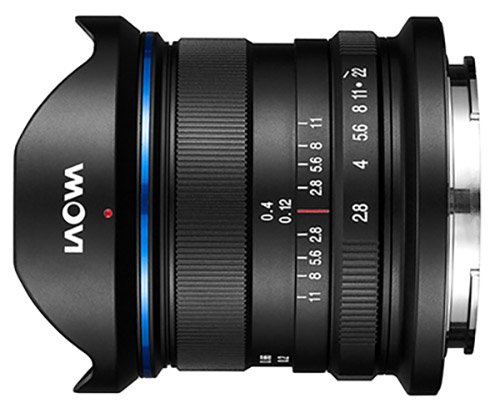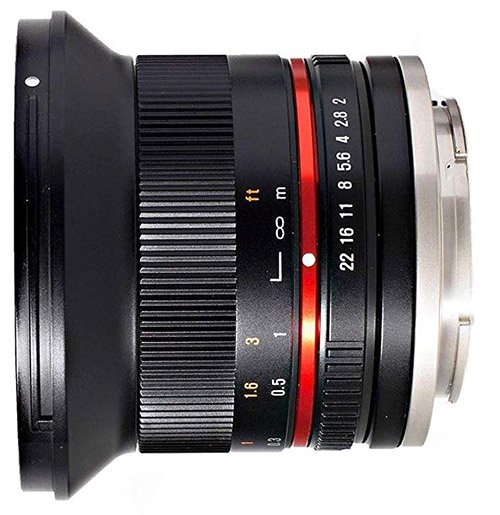Are you looking for a wide-angle lens for your Sony a6000? If you are then you have landed on the right page.
I’ve read hundreds of wide-angle lens reviews so I have a pretty good idea which are the best wide-angle lenses for the a6000. To save you the trouble I’ve narrowed down the choice to just 4 E-mount lenses.

A wide-angle lens allows more of the scene to be included in the frame. Both wide-angle and ultra-wide-angle lenses are popular choices with landscape, architectural and interior photographers. Here’s my current wide-angle lens recommendations for the Sony a6000, including links to the top reviews and sample images.
Sony E 10-18mm F4 OSS (SEL1018) APS-C Lens

Right now the Sony E 10-18mm F4 OSS is the widest lens that Sony offers. The focal range from 10-18mm really helps you to capture a large scenes and provides unlimited possibilities when it comes to composition. The 10-18 also has a maximum constant aperture of f/4, a quiet autofocus motor, and optical image stabilization (OSS) packed into a very nice metal housing, this lens definitely feels well built and is also a lens that I own myself.
At 10mm the lens is sharp wide-open at f/4 in the center, things do get a little softer at the edges but you only need to stop down to f/5.6 and the edges will sharpen up. At f/8 sharpness is very good across the entire frame. For many of my own landscape shots I’ll be shooting at f/8 / f/11, so don’t worry myself about the softer corners at f/4. Between 14-18mm sharpness drops off a little at f/4 compared with 10mm, but stopping down to f/8 soon fixes that.
Chromatic aberrations (CA) are well controlled but you may see some purple fringing in high contrast shots. With lens corrections turned on the a6000 this will correct CA with JPEG images, and if you shoot raw then you can easily fix this in post.
At 10mm and f/4 there is some vignetting but thankfully in-camera corrections also take care of this for JPEG images. There is only a small amount of distortion visible but again this will be corrected in-camera for JPEGS.
At only 225g the Sony 10-18mm F4 is a very light wide-angle lens and is often my first choice when I’m travelling as light as possible or hiking in the mountains. Below is a shot of Mont Blanc that I took with the Sony 10-18mm wide-angle lens on my Sony a6500, I didn’t climb it!

Sony E 10-18mm (Shot on a6500) @ 10mm | 1/400 | f/7.1 | ISO 100 | Handheld | ** Full Resolution SOOC Download: JPEG | RAW
Pros: Build quality, low weight, sharpness, distortion, quiet AF motor
Cons: Vignetting, expensive
Recommended Reviews: Drew Robinson | John Sison (YouTube) | Stuck in Customs | SonyAlphaLab
Sample Photos: Flickr
Minimum Focusing Distance: 0.25m (0.82ft)
Minimum Aperture: f/22
Maximum Aperture: f/4
Aperture Blades: 7
Auto Focus: Yes
Stabilization: Yes
Filter Thread Size: 62mm
Length: 63.5mm (2-1/2 in.)
Diameter: 70.0mm (2-7/8 in.)
Weight: 225g (8oz.)
Check Prices for the Sony E 10-18mm F4 OSS
US: Amazon.com | Adorama
UK: Amazon.co.uk | Wex Photo | Park Cameras
Laowa 9mm f/2.8 Zero-D

The Laowa 9mm f/2.8 Zero-D is the widest wide-angle lens that you can buy right now for Sony APS-C E-mount cameras such as the a6000. The lens is manual focus only, but this really shouldn’t be an issue if you are shooting landscapes.
Wide-open at f/2.8 this lens is very sharp in the center and it becomes even sharper at f/4 and f/5.6. Sharpness at the edges isn’t quite so good wide-open, but step-down to f/5.6 – f/11 and things look a lot better. Diffraction will start to kick in if you stop down past f/11.
Chromatic Aberrations are very well controlled but vignetting wide-open at f/2.8 is very noticeable, vignetting remains even if you step-down to f/11.
Despite the Zero-D in the name which stands for “Zero Distortion”, there is a very minimal amount of distortion but it’s really nothing worth worrying about and can easily be corrected in post. Flare control could be better and you will get some flare when pointing this lens towards strong light sources, even when you have the lens hood on.
The Laowa manages coma very well making this lens an option for astrophotographers, although the vignetting could be an issue.
The Laowa 9mm f/2.8 Zero-D is very well built and weighs in at only 215g, so you will barely notice this lens mounted to your Sony a6000. If money were no object I’d order one today.
Pros: Very sharp, low CA, low distortion, compact
Cons: Manual focus only, flare control, vignetting, price
Recommended Reviews: Christopher Frost (YouTube) | Technology Mafia (YouTube) | ePhotoZine
Sample Photos: FlickR
Minimum Focusing Distance: 0.12m (0.39ft)
Minimum Aperture: f/22
Maximum Aperture: f/2.8
Aperture Blades: 7
Auto Focus: No, manual focus only
Stabilization: No.
Filter Thread Size: 49mm
Length: 53mm (2.1 in.)
Diameter: 60mm (2.36 in.)
Weight: 215g (7.58oz.)
Check Prices for the Laowa 9mm f/2.8 Zero-D
US: Amazon.com | Adorama
UK: Amazon.co.uk
Rokinon / Samyang 12mm f/2.0 NCS CS

The Rokinon 12mm f/2.0 NCS CS as it’s known in the US, or the Samyang 12mm f/2.0 NCS CS as it’s known in Europe are both identical APS-C lenses from the same company, but for their own branding reasons use the name Rokinon in the US and Samyang in Europe. I’m just going to call it Rokinon here to make life easier for me. So now that’s all cleared up is the lens any good?
Optically, the Rokinon 12mm f/2.0 NCS CS is a very good lens indeed. In the center of the frame it’s sharp wide-open at f/2 and the edges just drop off a little. Sharpness improves further at f/2.8 and f/4 and the edges become sharp by f5/6. There is some mild barrel distortion and vignetting wide-open at f/2, but this is gone by f/4.
For astrophotographers this lens has excellent coma performance, so combined with its fast f/2 aperture and an ultra-wide field of view make it a superb lens for shooting the night sky.
The build quality of this lens is very good and it feels solid, despite weighing only 245g. The only downside to this lens is that both the aperture control and focusing are completely manual, as the lens has no electronic contacts with the camera.
If you don’t mind manual focusing then for the price this lens is impossible to beat right now, that’s providing that you are happy with the 12mm focal length. If you need to go wider then your best bet is the Sony E 10-18mm F4 or the Laowa 9mm f/2.8 Zero-D.
Pros: Sharpness, build quality, low CA, low coma, price
Cons: Manual focus only
Recommended Reviews: Ian Norman | Jordan Steele | Drew Robinson | Technology Mafia (Youtube)
Sample Photos: Flickr
Minimum Focusing Distance: 0.2m (0.66ft)
Minimum Aperture: f/22
Maximum Aperture: f/2
Aperture Blades: 6
Auto Focus: No, manual focus only
Stabilization: No
Filter Thread Size: 67mm
Length: 59mm (2.32 in.)
Diameter: 72.5mm (2.85 in.)
Weight: 245g (8.64oz.)
Check Prices for the Rokinon / Samyang 12mm f/2.0 NCS CS
US: Amazon.com | Adorama
UK: Amazon.co.uk | Wex Photo
Sigma 16mm f/1.4 DC DN

If you are looking for one of the sharpest wide-angle APS-C lenses with autofocus, then the Sigma 16mm f/1.4 DC DN is certainly a lens that you will want to take a much closer look at.
The Sigma 14mm has a maximum aperture of f/1.4 so this is a very fast lens. At f/1.4 and f/2 central sharpness is already very good and it only gets better at f/2.8 through to f/8. Diffraction does start to kick in from around f/11 but sharpness still remains very good.
There are signs of CA (Chromatic Aberration) both centrally and at the edges of the frame, but this is very low and can easily be corrected in-camera if you are shooting JPEGS and in post if you are shooting raw. Barrel distortion is practically non-existent and certainly nothing to worry about.
Flare resistance is very even when shooting directly into the sun. The nine bladed aperture also produces very nice sunstars when you step the aperture down.
For astrophotography shooters this lens does unfortunately exhibit some coma. Stars are nice and round in the center of the frame, but closer to the edges they do start to stretch. My preference would definitely be the Rokinon / Samyang 12mm f/2.0 NCS CS for shooting astro.
The focus ring is buttery smooth and the lens itself is well built and weather sealed. The only downside to this lens other than poor coma performance is that the AF motor is not the quietest out there.
Pros: Sharpness, price, low CA, build quality, flare resistance
Cons: AF motor noise, coma performance for astro
Recommended Reviews: Dustin Abbott | Technology Mafia (YouTube)
Sample Photos: Flickr
Minimum Focusing Distance: 0.25m (2.07ft)
Minimum Aperture: f/16
Maximum Aperture: f/1.4
Aperture Blades: 9
Auto Focus: Yes
Stabilization: No
Filter Thread Size: 67mm
Length: 92.3mm (3.6 in.)
Diameter: 72.2mm (2.8 in.)
Weight: 405g (14.3oz)
Check Prices for the Sigma 16mm f/1.4 DC DN
US: Amazon.com | Adorama
UK: Amazon.co.uk | Wex Photo | Park Cameras
Before You Go
I always recommend upgrading both lens and camera to the latest firmware version, as new firmware releases often address compatibility issues and can improve performance with some lenses.
Let me know in the comments below if you have any questions. And if you feel like I’ve missed a lens out that should really be included, again please let me know in the comments.
If you are on Facebook, then I’d love for you to join one of the many Sony Alpha Shooters groups that I run. There are groups for Sony Alpha landscape, portrait, sports, wildlife, weddings, macro, street, and video shooters, as well as a generic group for everything else Alpha. You can find all of the links here. The groups are a great place to post your shots with your brand new lens and a6000!


Great reviews Tim! Very helpful.
Hi Tim,
Not sure if this site is still active, but worth a shot…pun intended. I’ve got a wide angle lens for my a6000. Its the Rokinon 12mm. Like it, but I’m having difficulty finding filters for it, specifically ND and or GND. Do such creatures exist in the wilds of photography stores?